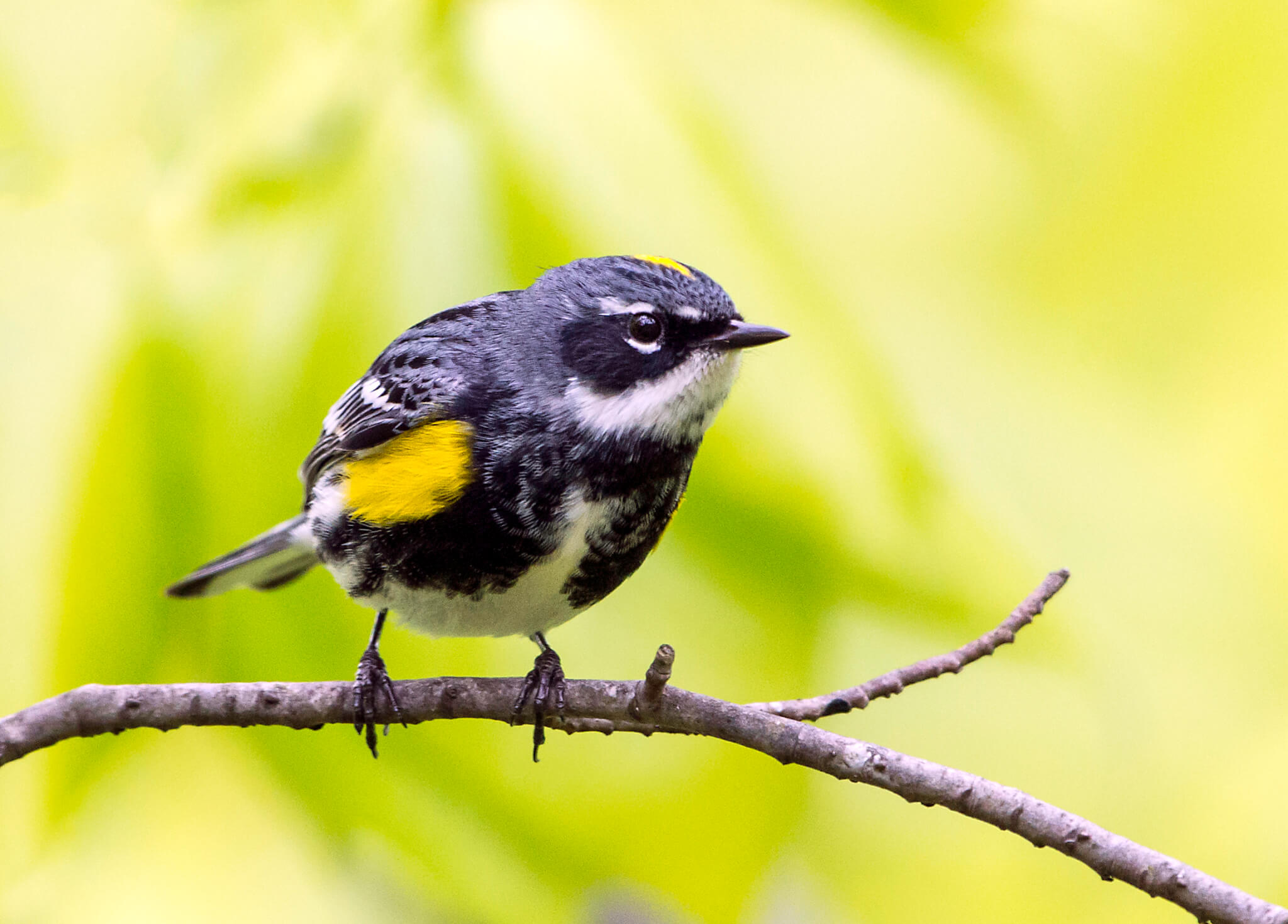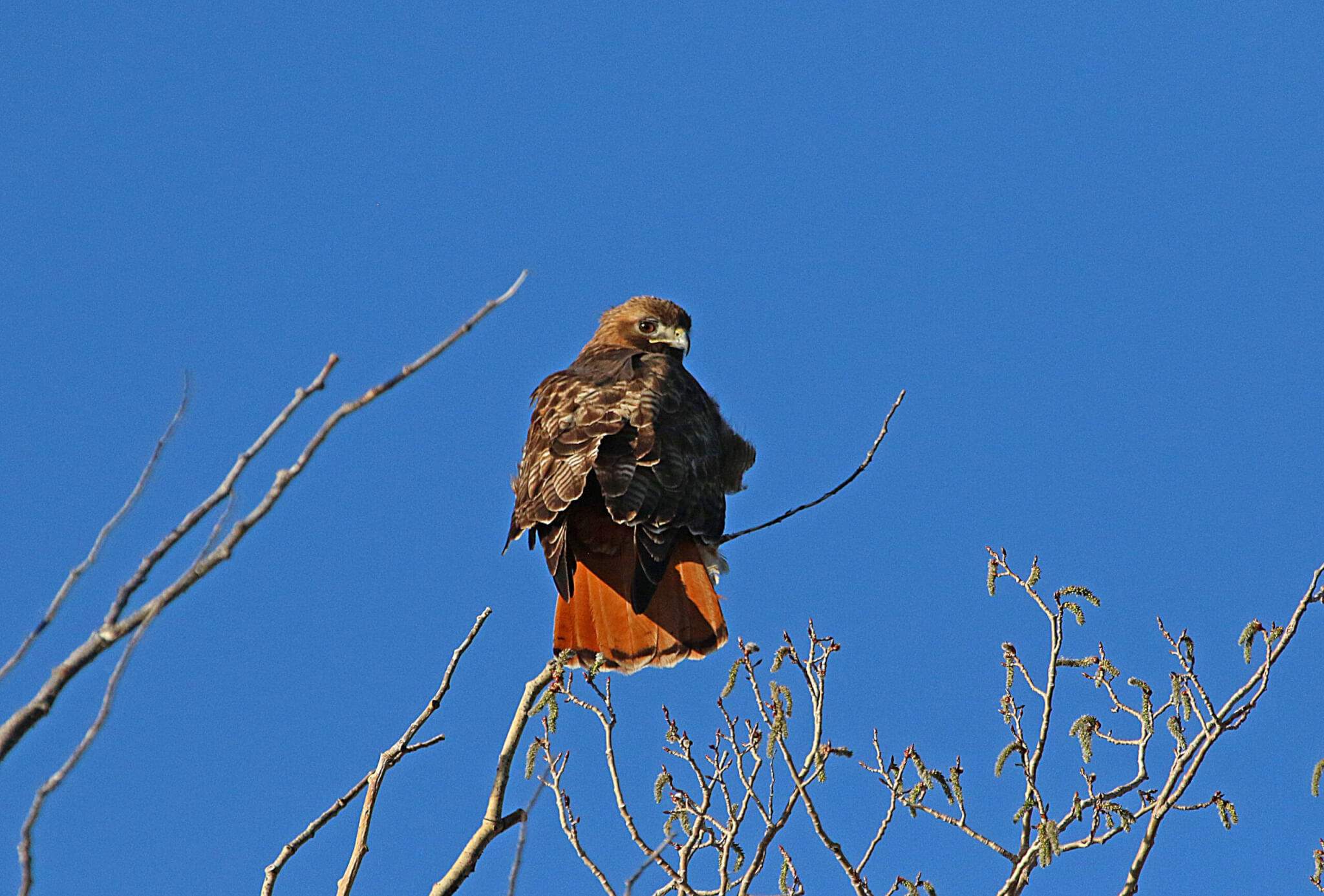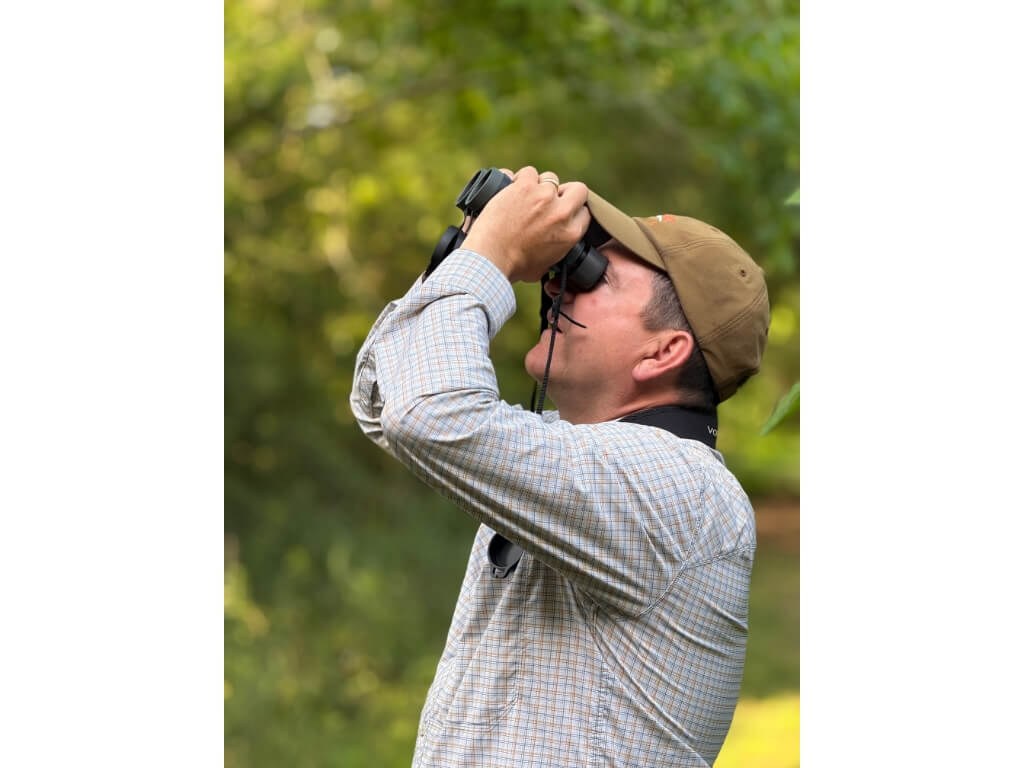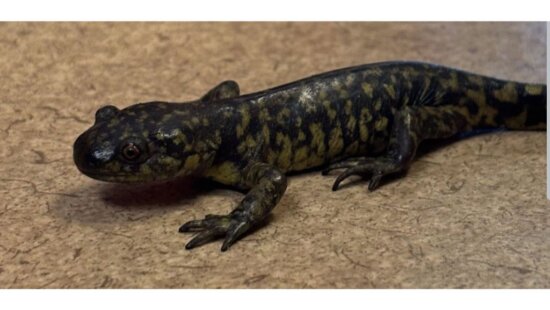Environment
Wild Wasatch: Why Summit County is a vital stopover for migrating birds

A violet-green swallow perches on a weathered branch in Summit County. These agile birds are among the many migratory species that traverse Utah’s Wasatch mountains each fall. Photo: Utah Division of Wildlife Resources
PARK CITY, Utah — As fall settles across the Wasatch, thousands of birds trace invisible routes over Summit County’s mountains and valleys, following ancient migratory paths that characterize one of Utah’s most dynamic wildlife seasons.
“Summit County has a dramatic altitude gradient,” said Shawn Pladas, a wildlife conservation biologist with the Utah Division of Wildlife Resources. “From high-elevation spruce-fir forests and subalpine meadows to sagebrush steppe and montane shrublands in the valleys, this vertical diversity offers different food and cover resources for a wide variety of species.”
These varied habitats make the region a key stopover along the Wasatch segment of the Pacific Flyway, providing birds with both challenges and refuge. “The topography creates both a navigational barrier and a solution,” Pladas explained. “The valleys and passes act as corridors, while wetlands and diverse habitats establish Summit County as a crucial staging area for migrating birds.”

Growing Threats to Migration
Migration is already one of nature’s most energy-intensive journeys, and human activity increases its difficulty. “Light pollution, window strikes, and outdoor cats are all major threats to migratory birds,” Pladas noted.
He encourages residents to turn off nonessential outdoor lights from dusk to dawn during migration seasons. Many birds travel at night, and darker skies help reduce disorientation. When lighting is necessary, Pladas recommends using motion sensors, timers, and downward-directed fixtures with warm-colored bulbs.
Windows also pose a lethal risk, killing millions of birds each year across North America. Pladas suggests installing anti-collision film or UV decals spaced no more than two inches apart, hanging “Zen curtains,” or keeping feeders and plants either very close to windows—within three feet—or well away from them.
“Free-roaming domestic and feral cats are among the top human-caused sources of bird mortality,” Pladas added. Keeping cats indoors, especially during spring and fall migration, “directly eliminates the predation risk for resting birds in your immediate area.”
As development accelerates across Summit County, Pladas emphasizes the importance of protecting habitat and planting native vegetation. “Plants that provide berries or seeds in the fall, like chokecherry, serviceberry, or native grasses, help support these birds,” he explained.

Signs of Migration in Motion
For those new to bird-watching, the signs of migration are often unmistakable: sudden gatherings of birds in open fields or wetlands, increased foraging activity, and directional movements south.
“The most rewarding species to look for are often those that form large flocks or make dramatic appearances in yards and parks,” Pladas said. “Waterfowl and shorebirds like American avocets, white-faced ibis, and tundra swans form large migratory flocks. You may also see raptors soaring above ridges or perched along valley floors, as well as songbirds like dark-eyed juncos and white-crowned sparrows foraging in groups beneath shrubs.”

New to bird-watching?
The Utah Division of Wildlife Resources is hosting two free bird-watching events this month to help beginners experience the fall migration up close:
- Nov. 8, 8–11 a.m. | Moab: Meet at Lions Park for an introduction before heading to Grandstaff Canyon Trail with a DWR biologist.
- Nov. 15, 8–11 a.m. | Price: Meet at the DWR Price Office before traveling to Wood Hill for hands-on bird-watching.
Participants are encouraged to register in advance on Eventbrite and bring binoculars, water, and a smartphone with the eBird app. For more information and tips, please visit the DWR website.



















